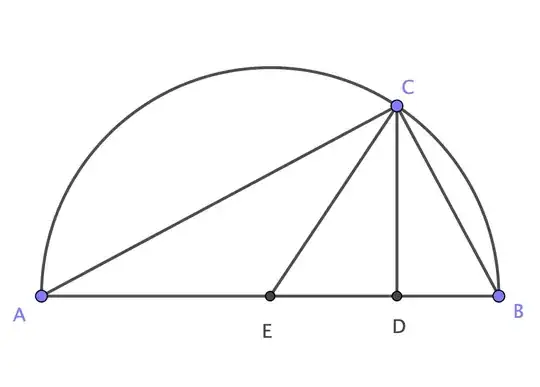
Here is one visualization.
The area of the red triangle is $\frac 12 bh$
the base is $1,$ the height is $\sin 2a$
$A = \frac 12 \sin 2a$
But is can also be decomposed into 2 congruent right triangles with legs $\cos a, \sin a$
$A = \cos a\sin a$
$\frac 12 \sin 2a = \cos a\sin a\\
\sin 2a = 2\cos a\sin a$
Here is another.

The hypotenuse of the triangle with vertexes $(-1,0), (\cos 2a, \sin 2a)$ is $2\cos a$
$\sin a = \frac {\text{opposite}}{\text{hypotenuse}} = \frac {\sin 2a}{2\cos a}\\
2\sin a\cos a = \sin 2a$
Or you can be really boring and say that is falls out of the angle addition rules
$\sin 2a = \sin (a+a) = \sin a\cos a + \cos a\sin a$


